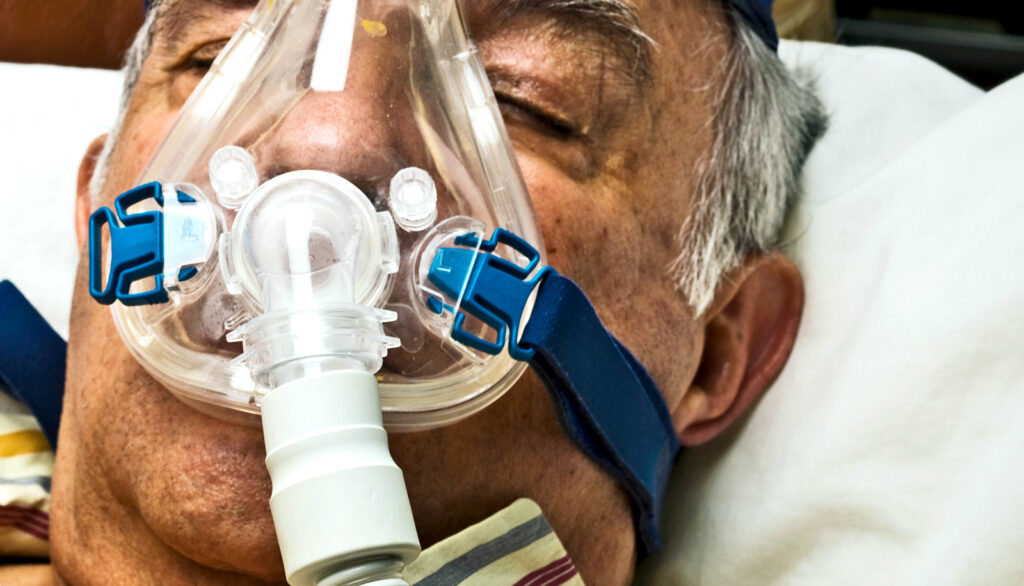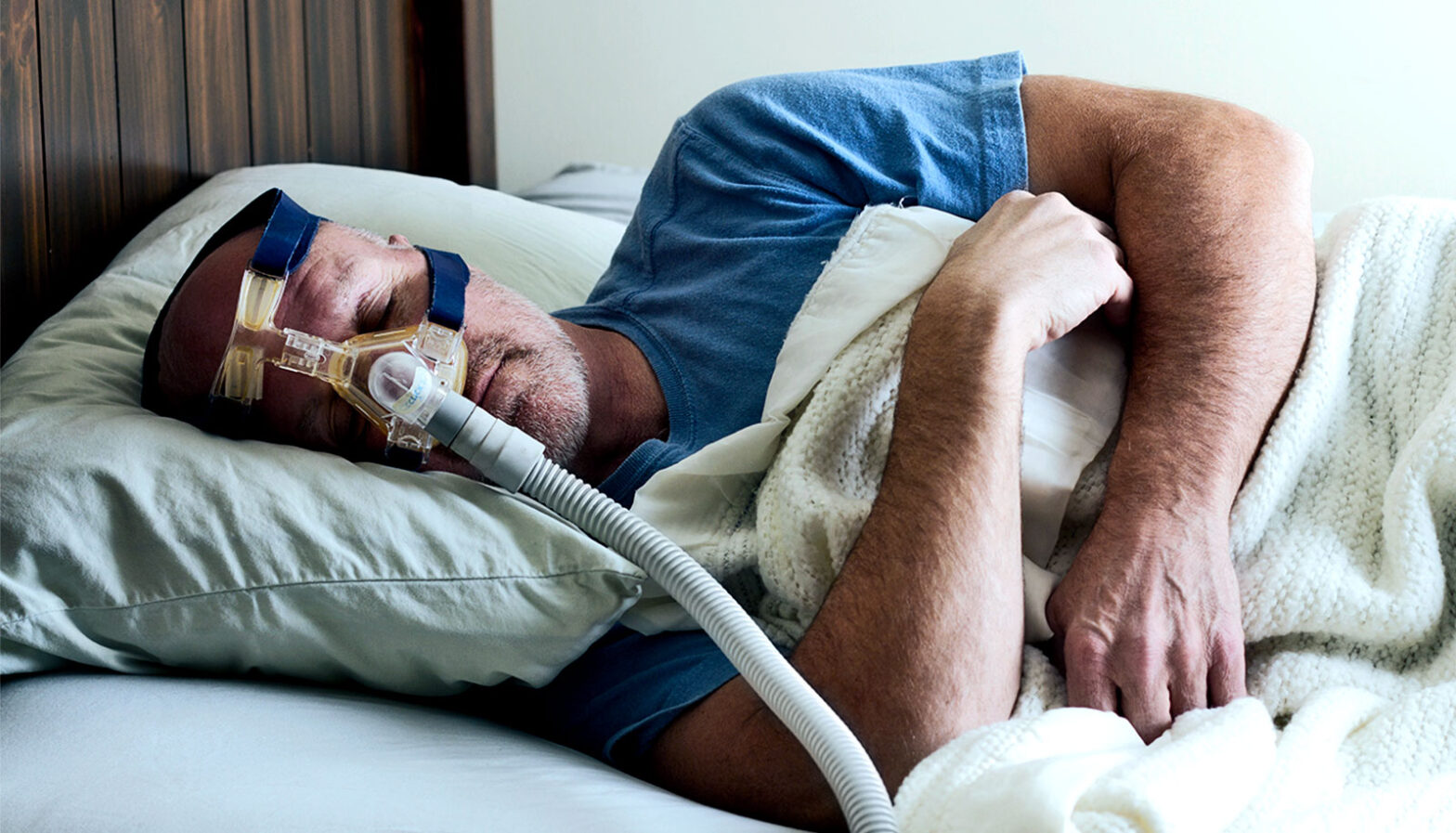Do you ever feel like you’re under a lot of pressure with your CPAP machine? You may be wondering about your air pressure level if you have been diagnosed with obstructive sleep apnea and you’re using CPAP machine for therapy. The pressure level is chosen and customised for you, but if it seems too much, there is a procedure to follow to ensure you get the optimal pressure at a comfortable rate.
Your prescription pressure amount will be determined not only by the cpap machine but also by other factors. Weight, blood pressure, the structure of your mouth, nose, and throat, and even lifestyle variables like smoking and drinking will all be considered. It’s easy to see why attempting to change your own pressure is risky! A medical practitioner can only make that decision. Learn more about pros and cons of ResMed AirMini travel CPAP machine.
Because of pain or the notion that their equipment isn’t performing effectively, some patients with high-pressure settings will discontinue CPAP therapy. However, discontinuing therapy is not the solution to protecting your health. We’ll go through how to tell if your blood pressure is too high and what measures you may take to alleviate your symptoms.
What Is the Function of a CPAP Machine?
Continuous positive airway pressure (CPAP) therapy is the gold standard in sleep apnea treatment. A CPAP machine is driven by a compressor that produces a predetermined amount of air pressure. A CPAP mask is put on a person’s face, and a hose distributes air from the compressor via the mask to keep the airways open while sleeping.
On all machines, the lowest CPAP pressure setting is normally approximately 4 to 5 centimetres of water pressure (CWP). Most individuals need something higher than the lowest level, although a high setting generally drifts towards the maximum machine setting, which runs between 25 and 30 CWP.

How Do I Know If My CPAP Pressure Needs to be Adjusted?
While adapting to a CPAP machine requires some experience, it is not meant to be painful. If you suffer from the following CPAP side effects, your pressure levels may be too high.
- Despite using CPAP humidification, you have a dry mouth and nose.
- Your CPAP treatment is unpleasant.
- You start breathing through your mouth.
- Significant air leakage is detected via your mask.
- You become bloated from inhaling air, which is also known as aerophagia.
- Fluid is leaking from your ears.
- You still feel sleepy during the day.
- Your apnea-hypopnea index per hour is higher than normal.
- Exhaling against the oncoming air is tough.
- Your eyes are dry when you wake up.
What CPAP pressure levels should I use?
The Apnea-Hypopnea Index is often used by your doctor to find the best setting for you. Your AHI score will show the number of apneas and hypopneas you have during the night. Apnea occurs when you stop breathing during the night. Hypopneas are short bursts of inability to breathe. Apnea can differ amongst people according to their sleeping postures, sleep phases, and other factors.
A CPAP titration study will also identify which pressure setting is best for your health, and sleep doctors will determine the findings. They will use this information to calibrate your device.
Consult your a sleep expert if you believe your pressure should be adjusted. Furthermore, if you record your CPAP compliance data and provide the findings to your doctor, you may not require any additional research.
How Do I Cope with Excessive CPAP Pressure?
If your doctor prescribes a higher CPAP pressure, you don’t have to accept discomfort. There are several strategies to improve your sleep apnea therapy and boost comfort.
1. Experiment with Various CPAP Masks
If your CPAP mask is not properly fitted, is worn out, or is unclean, it might cause leaks and discomfort. You may potentially be using the wrong type of mask at higher pressure levels. New CPAP masks are constantly being produced to satisfy the unique demands of a wide range of sleep apnea sufferers. So, think about your possibilities instead of wearing the same old mask.

CPAP Mask for the Entire Face
A full-face mask is probably the most comfortable CPAP mask type at high-pressure settings. They are very effective for mouth breathers. They form a seal around your nose and mouth to disperse air pressure more evenly.
Nasal CPAP Mask
Nasal masks only form a seal around the nose. They make minimal contact with your face while directing full air pressure to your nostrils. While there are excellent CPAP masks for side sleepers, if you use a high-pressure setting, they may cause nose discomfort.
A nasal CPAP mask with a foam cushion for higher pressure settings can offer an airtight, pleasant seal. A nasal mask with suction and side straps to keep the nasal mask in place might be helpful.
Nasal Pillow Mask for CPAP
Nasal pillow masks include two pillow inserts that lie at the base of your nose, allowing for little skin contact. They are great for folks who toss and turn at night. A high-pressure setting, like nasal masks, may irritate mask wearers.
What Are Some of the Best High-Pressure CPAP Masks?
Among the best CPAP masks for high-pressure settings are:
ResMed AirTouch F20 Full-Face Mask
The AirTouch F20 is ResMed’s softest mask ever, owing to its UltraSoft mask cushion constructed of light yet durable memory foam. The flexible foam minimises skin irritation and pressure on the bridge of the nose while maintaining a firm seal for a wide range of therapeutic pressures. It has a breathable feel while being secure enough to prevent air leaks in any sleeping position.
Full Face Mask by Fisher & Payke
The Evora Full Face Mask’s floating seal, and stability wings allow patients to move freely during sleep without losing performance, all in a compact size. Unlike many typical full-face masks, the Evora sits beneath the nose rather than covering it entirely, reducing pressure and discomfort on the bridge of the nose and providing a clean sight line.
AirFit N30i Nasal Cradle Mask by ResMed
The unique curved frame of the N30i Nasal Cradle Mask creates a tight but weightless seal. Because the tube joins at the top of the frame, you can sleep in whatever position you want without being entangled. Furthermore, this mask is whisper-quiet, so high-pressure settings will not bother you or your companion.
ResMed AirFit F30i Full-Face Mask
The minimum contact design of the AirFit F30i allows users to read, use a phone, or watch TV in bed, even if they wear glasses. This is ideal for individuals who may feel claustrophobic in traditional full-face masks.
2. Use a humidifier
You can purchase a CPAP with a humidifier or a humidifier adapter to soften the air traveling through your CPAP. Humidifiers supply moisture to the air you breath to prevent dryness and irritation. The air is additionally warmed by a heated humidifier or CPAP tube. This can help reduce chafing and make high-pressure settings more bearable.
Humidifiers are advised for people who live in dry regions or have allergies since heated humidification can help break up nasal congestion while also boosting comfort.
Do you still require assistance?
Learn how to acclimatise to high CPAP pressure settings comfortably in order to effectively cure sleep apnea and reap the advantages of greater slumber! Please contact Air Liquide Healthcare. We would gladly collaborate with you to resolve any pain concerns.

